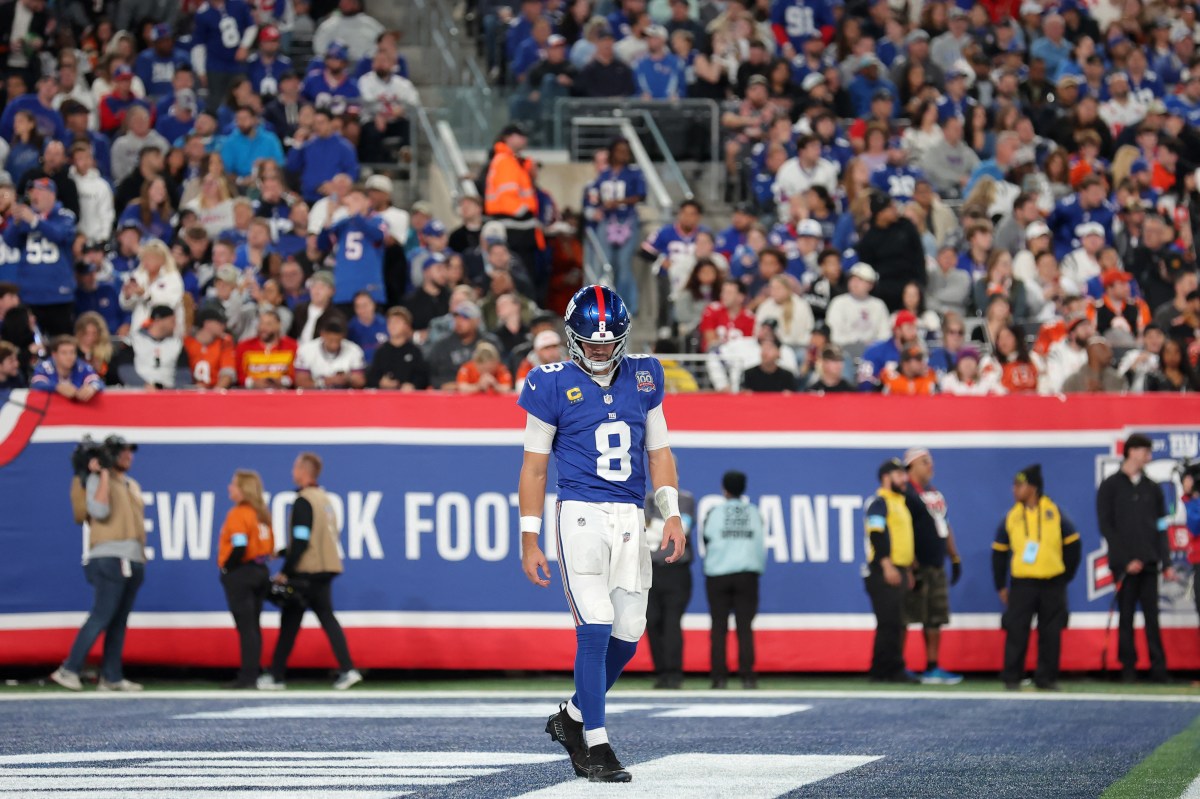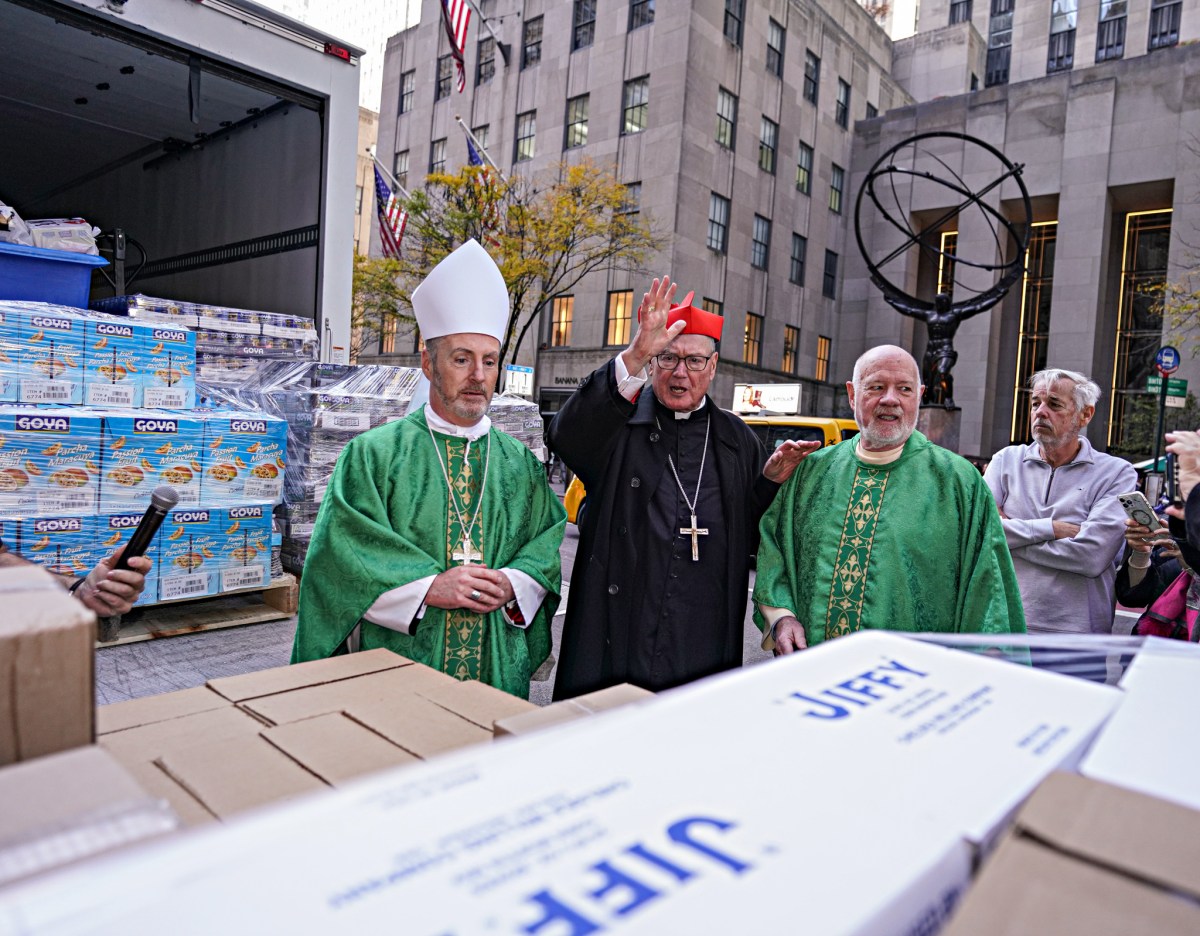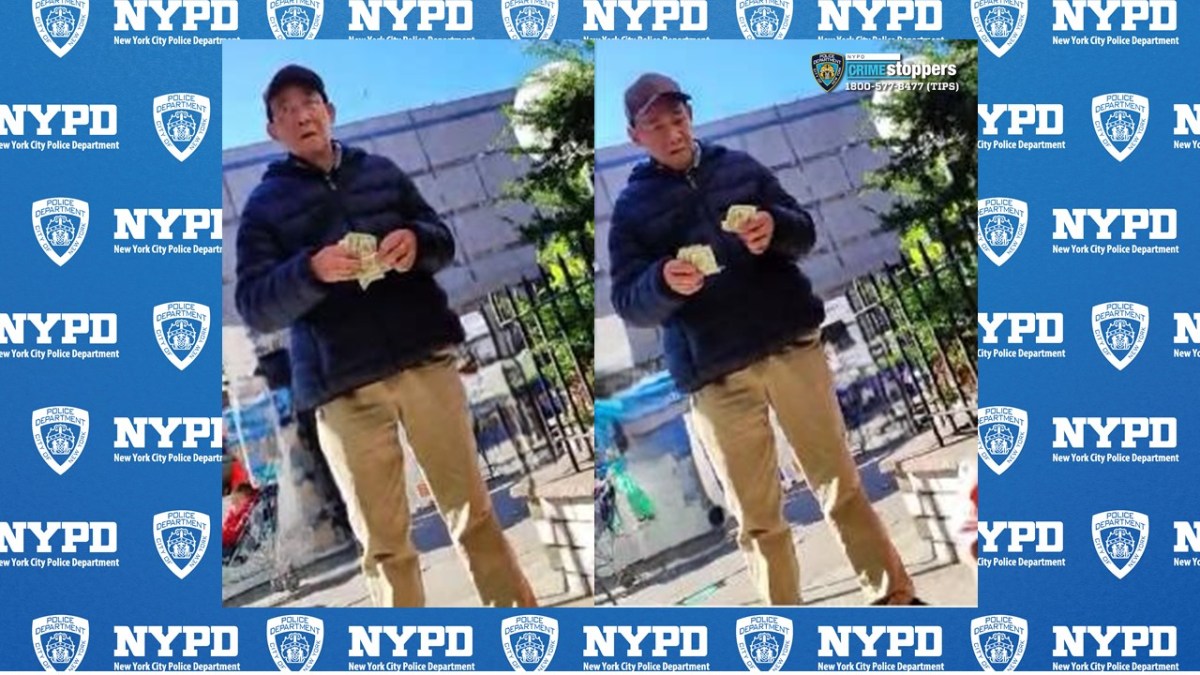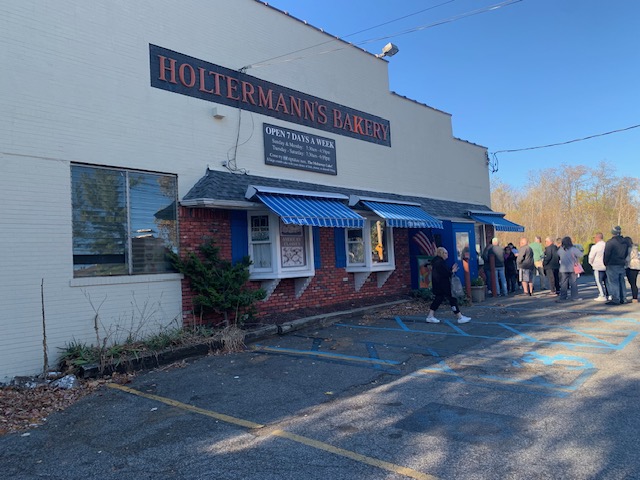 The land where Rockaways’ Playland in Queens used to stand. At one time, the park was one of the most popular in the city. Credit: Maja Lundager
The land where Rockaways’ Playland in Queens used to stand. At one time, the park was one of the most popular in the city. Credit: Maja Lundager
At the turn of the 20th century, city living meant overcrowded tenements, shantytowns, grime and poverty for many New York City residents. The Industrial Revolution was just taking hold, with many people working long hours at factories and coming home to cramped living conditions. But when Sundays came around, sorrows in the city were put on hold as huge masses of working-class New Yorkers flocked to amusements parks that dotted the city from the far end of the Bronx to the deepest parts of Brooklyn to Staten Island.
“The parks provided a lot for the masses of people who wanted relief because this was not a pleasant place to live around the turn of the 20th century,” says Wes Gottlock, co-author of the new book “Lost Amusement Parks of New York City – beyond Coney Island,” which looks at nine parks that operated from the late 1800s. “It was a very difficult life. Five-six people living in one-two rooms, terrible sewer systems. Everything was dirty, filthy, unsanitary.”
The parks, which had such whimsical names as Rockaways’ Playland, The Fairyland in the Bronx and Golden City in Canarise, Brooklyn, attracted dizzying amounts of people seeking escapism. Newspaper reports from 1907 recount an estimated a daily crowd of 150,000 barely a week after the opening of Golden City.
Wanda Lyons, 56,still remembers the joys of these almost-forgotten amusement parks: Every weekend she spent at her sister’s place at the Rockaways included going to Playland (Rockaways’ Playland had a longer life span than most; it was opened in 1902 and closed in 1985).
“Everybody came out from all over New York to Playland,” she says about the park, located on Beach 98th Street in Rockaway Beach. It was eventually sold to developers and turned into a massive housing project. “It was kind of hard to see it go and turn in to this,” she says as she gestures to the shore. “You miss it. Because it’s nothing for the kids now. It’s nothing for nobody.”
 Clason Point Park.
Clason Point Park.
Clason Point Park was located in the Bronx between Soundview Avenue on the east, the East River on the south and White Plains Road on the west. It had been the venue for amusements since a popular inn opened in 1899; Fairyland amusement park opened in 1910.
 Rockaways’ Playland.
Rockaways’ Playland.
Rockaways’ Playland was located on the Rockaway Peninsula between Rockaway Beach Boulevard and the beach from Beach 98th Street to Beach 97th Street. The wildly popular park opened in 1928, succeeding another amusement park that had been on the same plot for almost 30 years. The first vignette in the hit movie “This Is Cinerama” featured a ride in Playland’s roller coaster, the Atom Smasher. In late 1986, the property was sold to developers who planned to build a $30 million condominium complex.
“Most of these parks were built right at a trolley stop. So they [the park owners] knew people would be able to come by thousands and thousands and be dumped right at the entrances.” – Wes Gottlock
 Midland Beach.
Midland Beach.
Midland Beach is on the southern shore of Staten Island. This picture depicts the section near Midland Avenue and Father Capodanno Boulevard.Midland Beach had its informal opening in 1898 and was more of an amusement area with everything from carousels to beautiful ocean views to theaters and hotels. After a series of fires, the park was left with few large amusements, and was included in a public beach plan by the New York City Board of Estimate in 1934.
“A big thing that I found was that the entrepreneurs that build the parks were courageous. They put all of their money into them taking tremendous chances that they would not be burned down the next week. Some of them went on to be very wealthy people, and some of them were destroyed. That part is interesting to me too, the business part.” – Wes Gottlock
 Golden City Amusement Park.
Golden City Amusement Park.
This illustration shows the Canarsie, Brooklyn, pier back in the days of the Golden City Amusement Park.The park opened in 1907 and became a huge attraction very quickly: One newspaper reported an estimated crowd of 150,000 barely a week after the opening. But the park faced many catastrophes, like most of the parks, and in 1938 it was closed to make room for what is now the belt parkway.
Meet the authors
Oct. 29, 6:30 pm
Bronx County Historical Society
3309 Bainbridge Ave. Bronx, N.Y.
www.bronxhistoricalsociety.org























